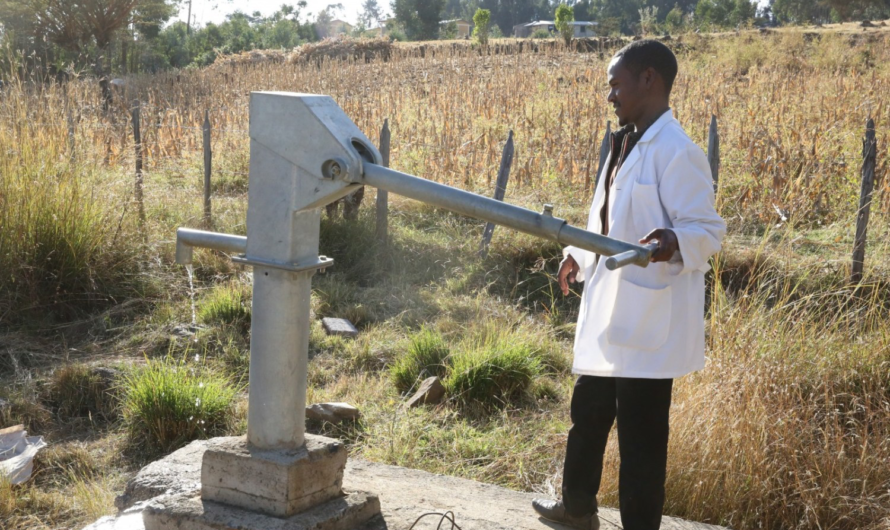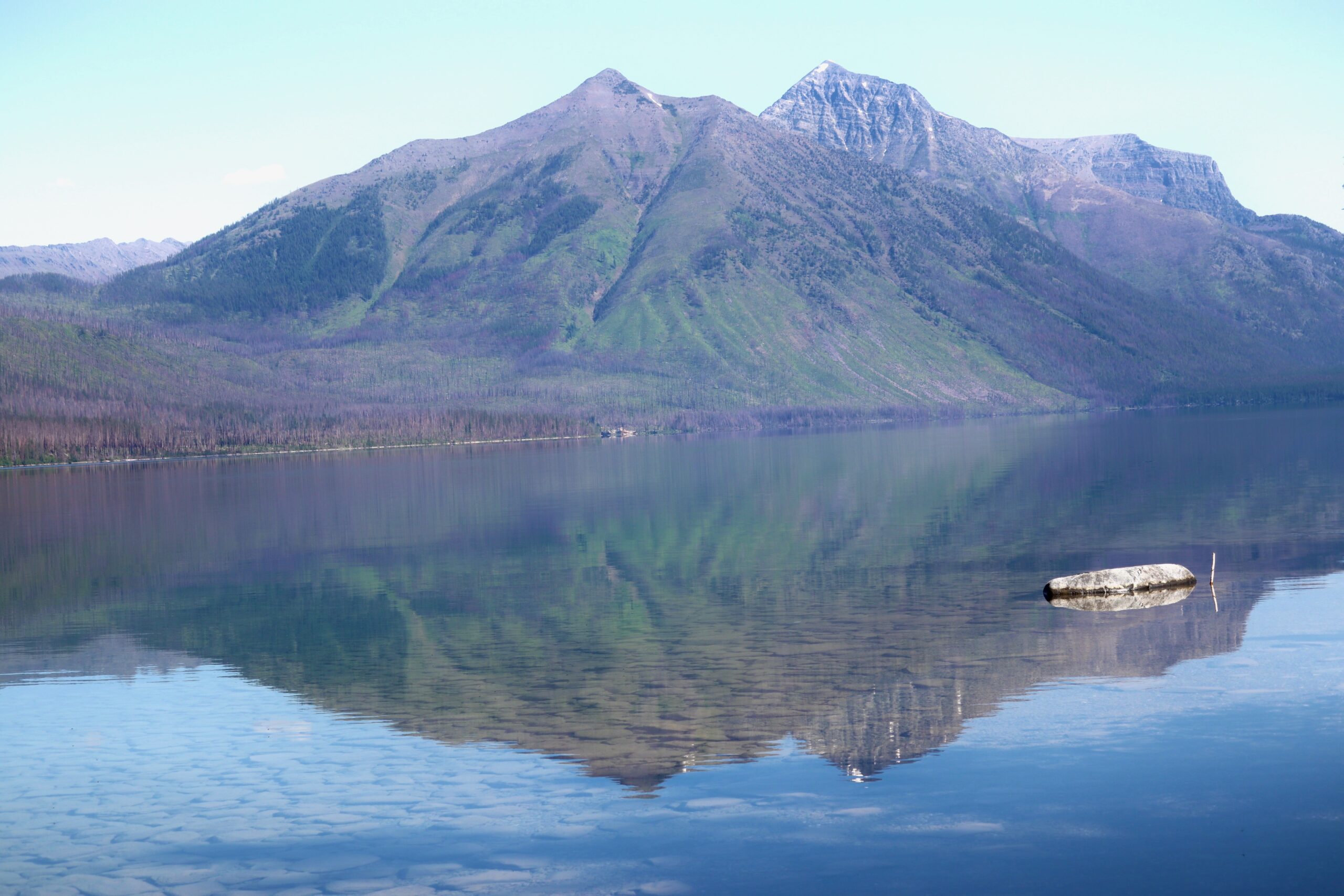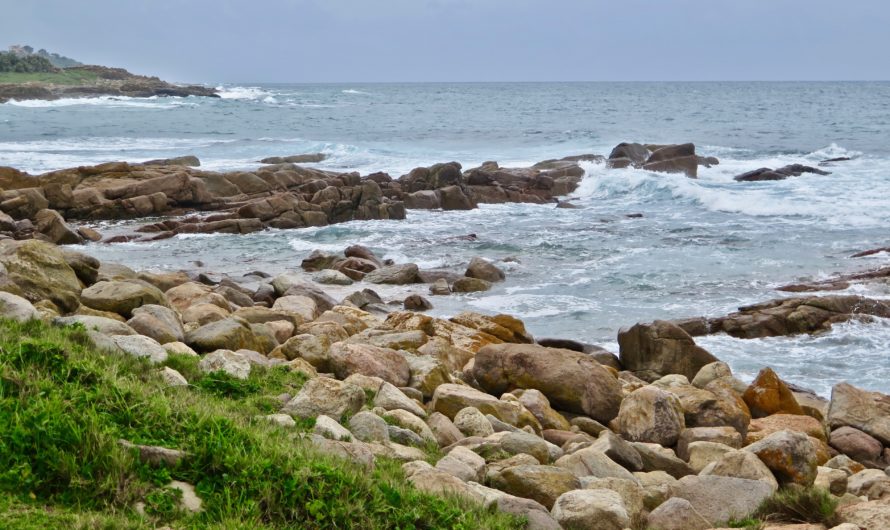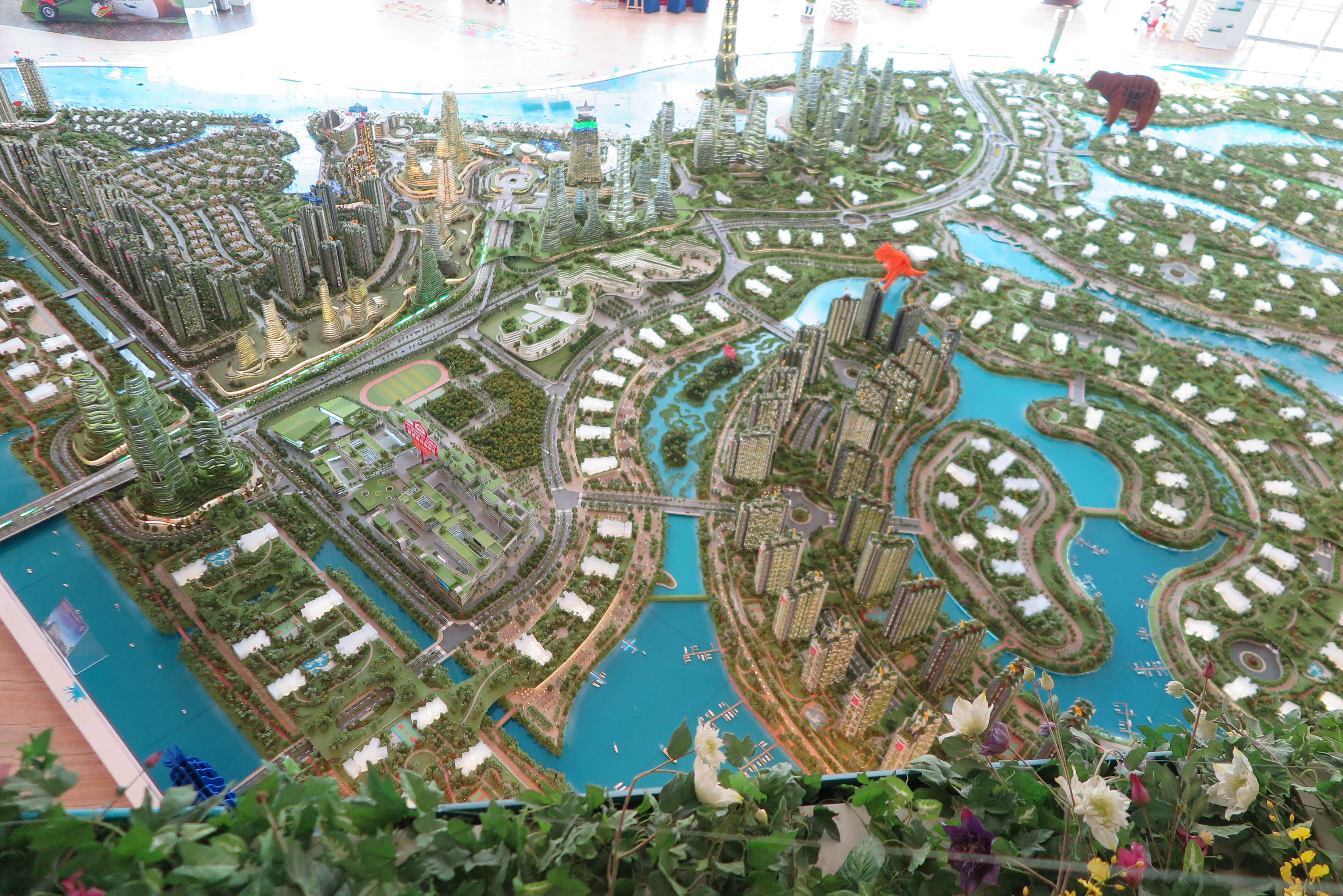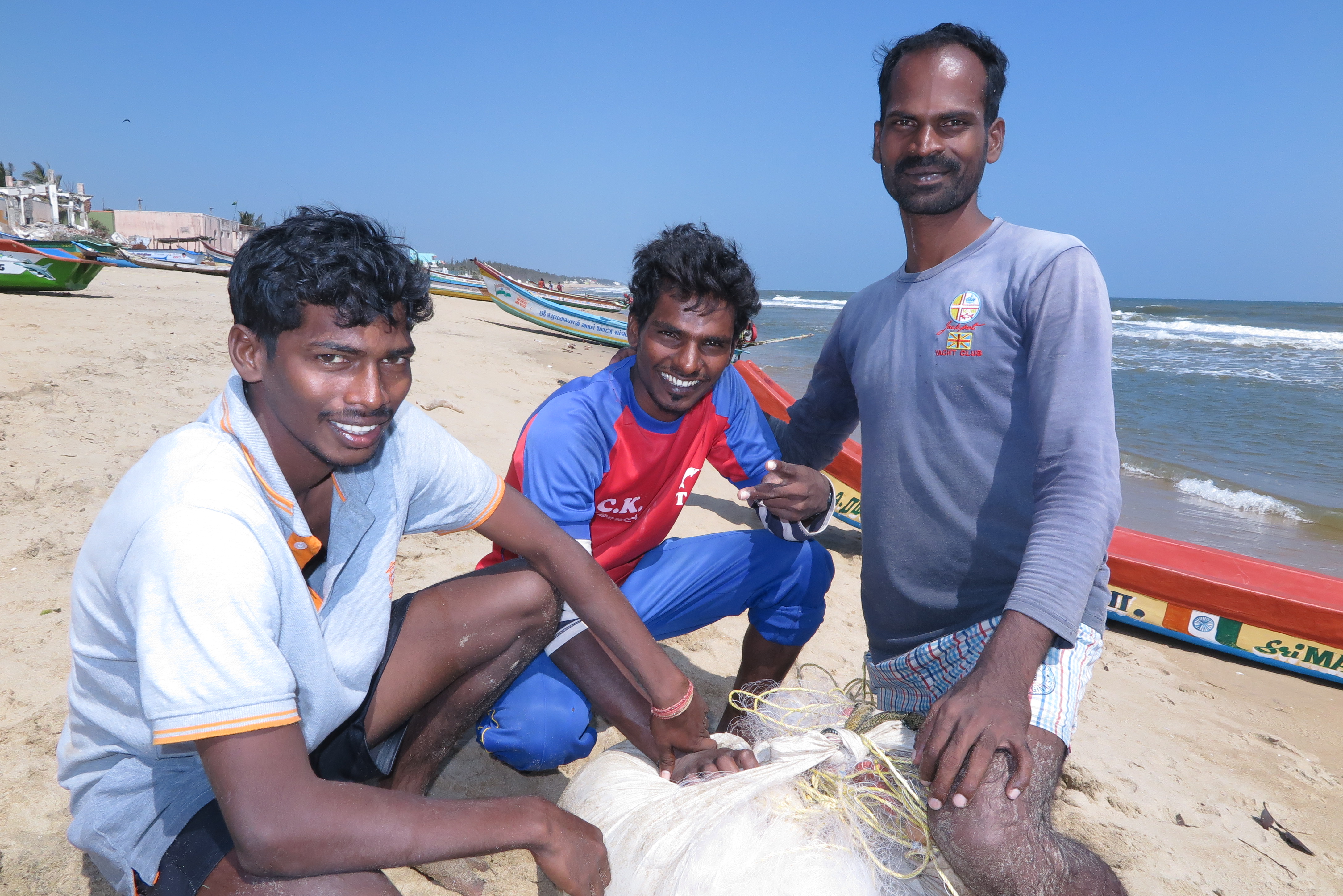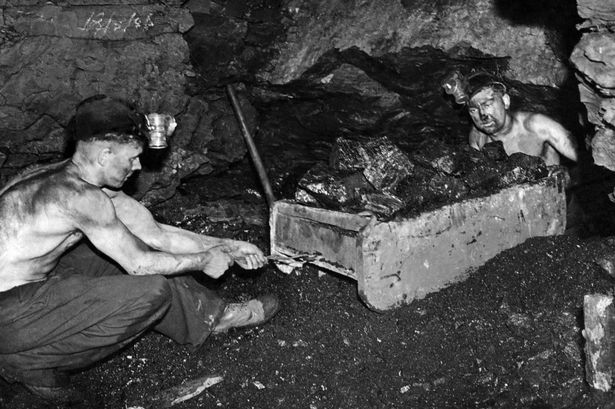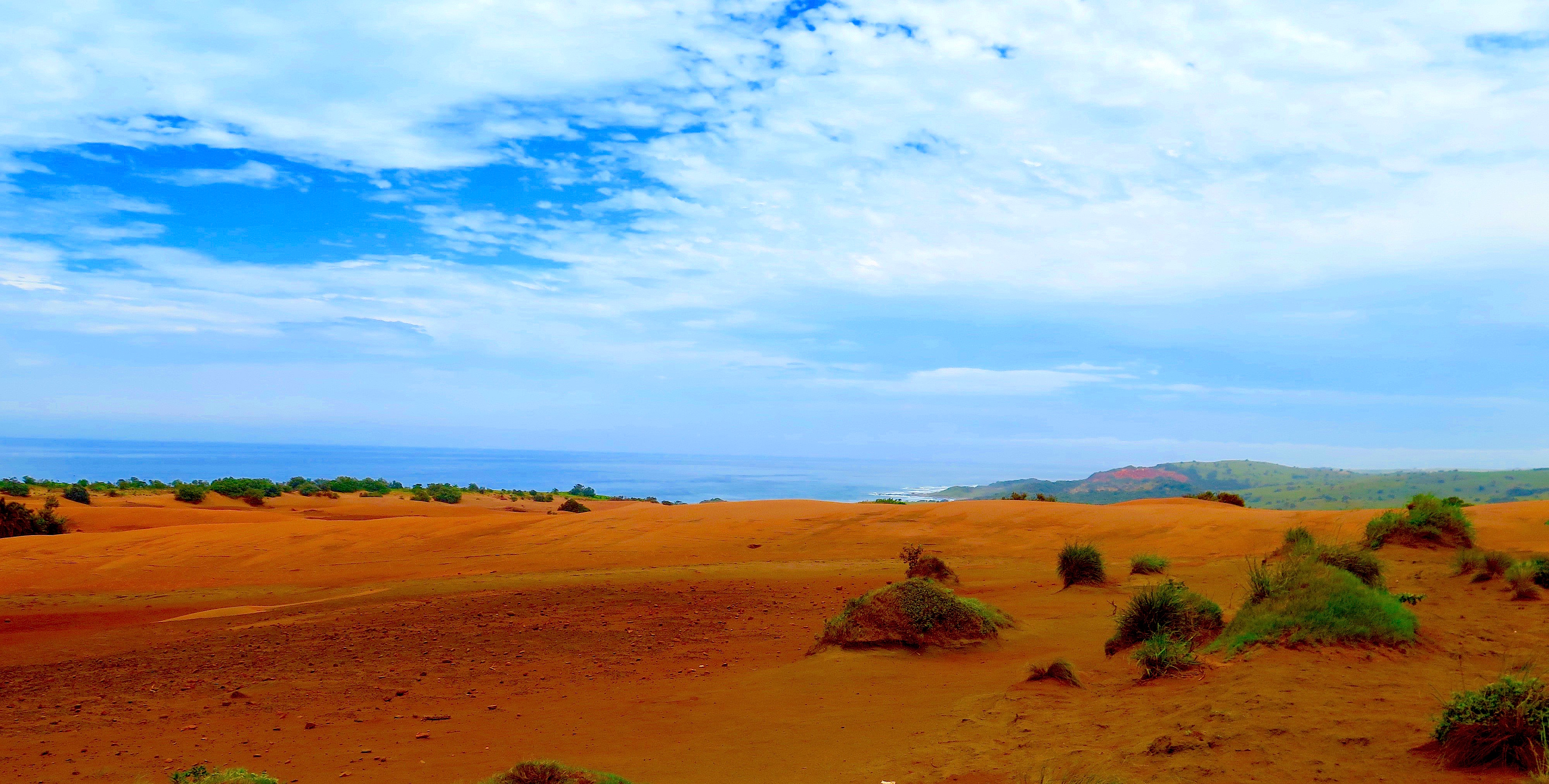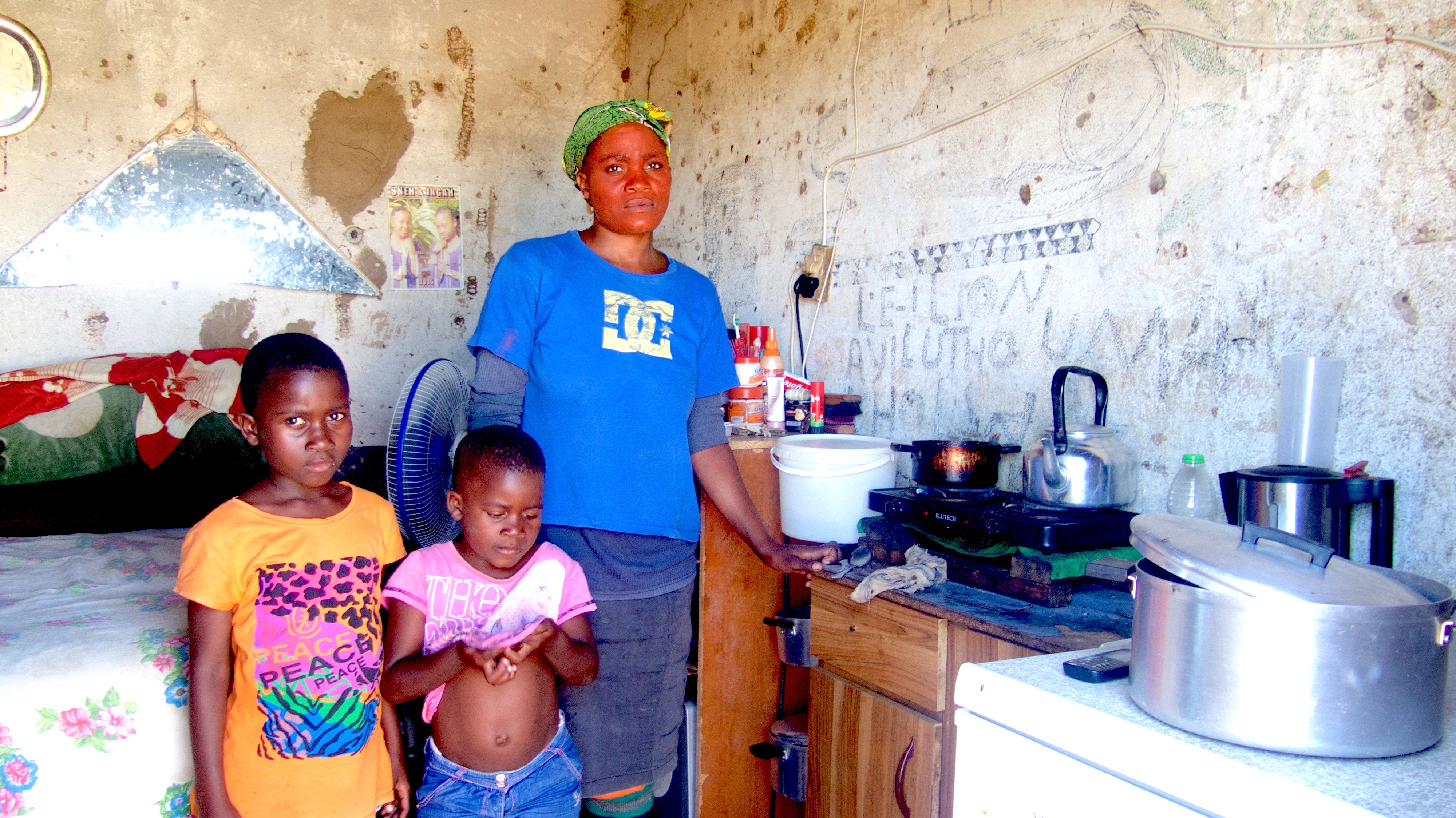Report Cites Progress, Impediments to Universal Access to Clean Water, Safe Sanitation, and Hygiene
My first months of 2021 were consumed with reporting and writing a three-part Circle of Blue project on global trends in water, sanitation, and hygiene. Our collaborator was the Wilson Center, the D.C. think tank that has been one of of our partners since 2010 in reporting the Global Choke Point chapters in China and India. As I noted in WASH Within Reach, as a Circle of Blue correspondent in Africa, Asia, and Latin America …
